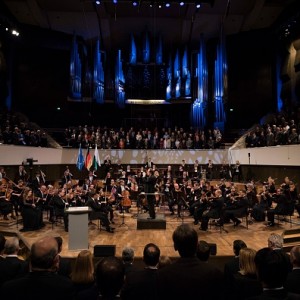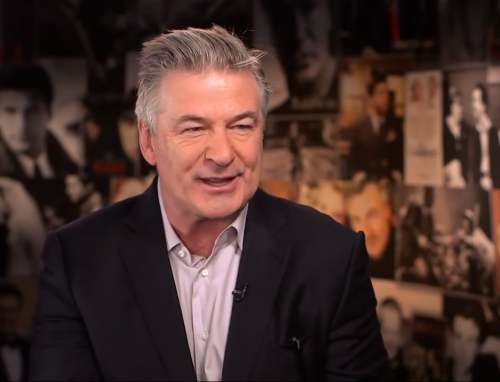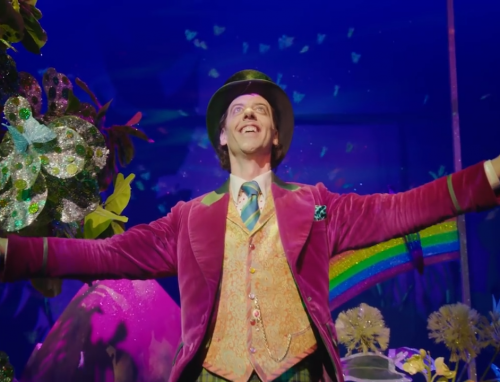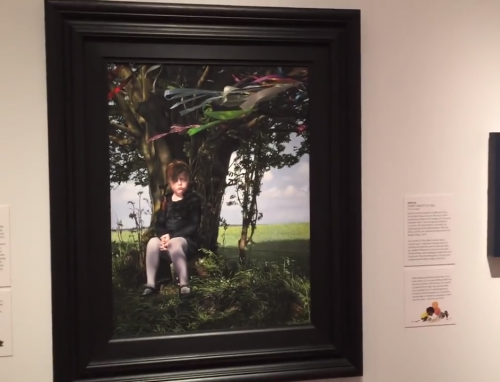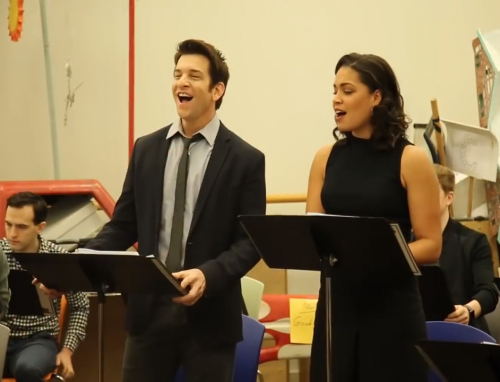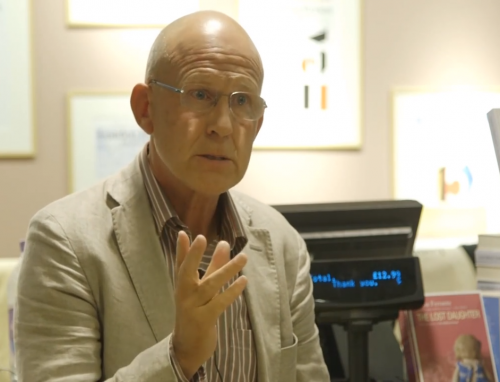George Balanchine: Father Of The American Ballet Was An Incredible Choreographer And Teacher
Like most art forms, dancing requires a considerable discipline, dedication, passion and a rigorous regime. In order to perform perfectly, artists have to be extremely focused and fit, both physically and mentally. George Balanchine was a master choreographer and teacher, a recently released biography gives his admirers a sneak peek into his life and times.
According to The New Yorker, the book highlights that George Balanchine was not only a dancing icon but also a great teacher. In 1960 when Balanchine was a teacher in the School of American Ballet, an initiative was taken that saw teachers, apparently eight of them from across the country coming together and imparting deep knowledge and subtle nuances of ballet dancing to the students in a seminar known as "Teachers' Seminars".
While the other teachers sat back to watch the students perform, Balanchine was right up there among the students and performed along with them, giving them a practical exposure on how the art can be perfected. The fourteen black and white snaps used in the book are taken by Nancy Lassale, a long time patron, trustee and benefactor of the school.
Suki Schorer who danced for Balanchine in the sixties and seventies as the original butterfly in his "Midsummer Night's dream" (1960) says about the dancing of Balanchine, "The toes of the working foot are on the centerline, not aligned with the hip as is sometimes taught and often seen". As per sources, the biography mentions that Balanchine always considered teaching higher than dancing.
He insisted to be remembered as a teacher than a choreographer. His students had to perform a complete barre (a supported exercise done while holding onto the rail) everyday, whether there was a class or not.
According to The New York Times, Balanchine was the best storyteller ever in the world of ballet. In a program by the New York City Ballet called "Balanchine short stories" the infusion of his great dance acts "La Sonnambula" (1946), "Prodigal Son" (1929) and "Firebird" (1949) were shown in succession that got the dancers revitalized throughout.
George Balanchine is known for the usage of minimal attire in most of his ballets but that was not the case in the aforementioned three acts. They demonstrate a vivid array of colors and elaborate sets and costumes. Though they were far from the original ones made by Balanchine himself, the makers' efforts to match the icon have been commendable.
George Balanchine remains one of the stalwarts of ballet dancing and this tribute by the New York City Ballet has been heart touching. His unforgettable work as a choreographer and more importantly an excellent teacher will always be remembered by the dancing fraternity.
© 2025 The Classical Arts, All rights reserved. Do not reproduce without permission.TagsGeorge Balanchine, Ballet, Ballet Dancing, American Ballet Theatre, Dance


